Startups fail for a number of reasons – a bad initial idea; no growth strategy; not focusing on customers, trying to go it alone; running out of money; and failure to establish a brand that resonates with consumers. In fact, some research shows that 90% of startups will actually fail.
Establishing an effective brand and then promoting that brand will take one of the potential reasons for failure off your plate. It takes work and some creativity, but you can do this. You can visit Deuce Studio to take professional help in this regard.
Here is how to develop a branding strategy for your startup.
1. Identify Your Target Audience
You are not Coca-Cola or Apple. These are companies that appeal to all demographics because of their unique line of products. You will see children and senior citizens, as well as every demographic in between, drinking Coke products. And you will see all generations and socioeconomic groups using iPhones and tablets.
The same will not be true for you. You must consider what demographic(s) want or need what you have to sell. And that will be a much smaller one than those “big boys.”
You started your business because you determined that there was some “gap” that you could fill. Get a clear picture of what that gap is, and then begin to do some research. What group(s) will that gap appeal to?
Sometimes this may be relatively easy. Sometimes it will take research and data gathering to discover the purchasing behaviors of various demographics and the predictions for future buying that the data shows.
A Simple Example
Michael Durbin and Mark Levine identified a “gap.” Millennial men were using mostly disposable razors rather than the traditional razors their parents and grandparents may have used. But here was a problem. They had to stop at the store and buy more at inconvenient times. And if they forgot to do this, they were forced to use a dirty old blade and bear the consequences.
What if men could have those disposable razors delivered to their doorsteps once a month through a subscription service? Thus, Dollar Shave Club was founded in 2011. It was an immediate hit, and the company has since expanded into all sorts of other products (for women too). But the initial idea was based upon a specific need of a specific demographic, and it was spot on.
In terms of branding, these founders knew their audience. They were a part of that demographic themselves. And so, it was easy for them to “brand” the company in style, tone, language, and visuals that would appeal. Here is their explainer video that was on their website launch and that went viral within hours.

2. Identify Your Uniqueness
Every business has competition. Your job is to research your competitors, understand the value they are offering to your same target audience, and then figure out how you can offer something more or different – something that will add even more value – a solution to a problem your audience may not even realize it has, for example.
Nathan Chan and Foundr Magazine
Digital magazines in all niches are all over the web. There is a lot of competition out there. In the world of business and entrepreneurship, there are plenty.
Nathan Chan saw a unique value that he could provide that the competition wasn’t – a magazine dedicated solely to the unique needs and issues of startup entrepreneurs. No one else was offering such a magazine, and many startups may not even have realized they needed such a publication.
Chan’s story is pretty amazing. He established his “brand” by posting inspirational quotes superimposed on beautiful related photos, solely on Instagram. He posted several times a day, and his brand quickly resonated with his target audience. In fact, he amassed 300,000 followers within 10 months, and many of those became paying subscribers.
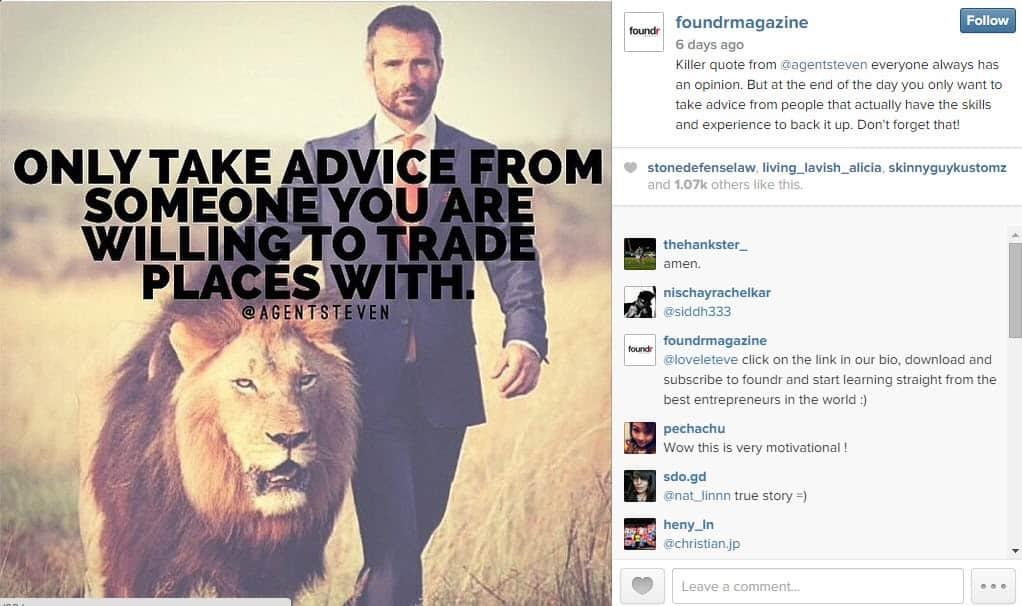
3. Choosing the Right Brand Name
Your brand name must speak to who you are and, if possible, the value that you bring to your potential customers.
The other “required” is that you keep it short and simple so that consumers will remember your name when they are ready to make a purchase.
Think about the example of “Dollar Shave Club.” This brand name brings to mind inexpensive shaving value as well as membership in a “club” – something that has an emotional appeal of “belonging.”
Take your time to create your brand name. It must resonate, and it is going to be a huge part of what your brand is all about. If you put in words that are tough to pronounce, a name that is too long, you are setting up a needless issue.
4. Colors, Logo, Font, Etc.
There is a lot to be learned from the psychology of color, font and graphics involved in your logo and your website. They speak volumes about your brand and should be carefully crafted and selected.
Consider the differences in color, font, and graphics of the following companies:
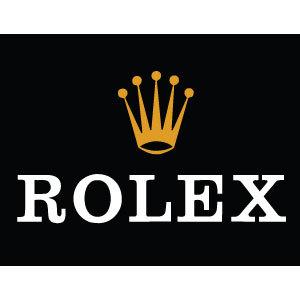
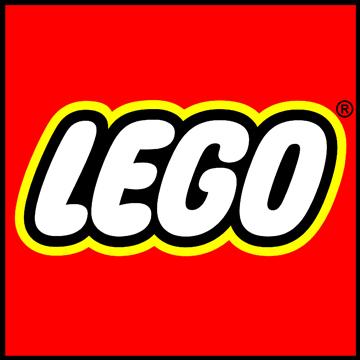
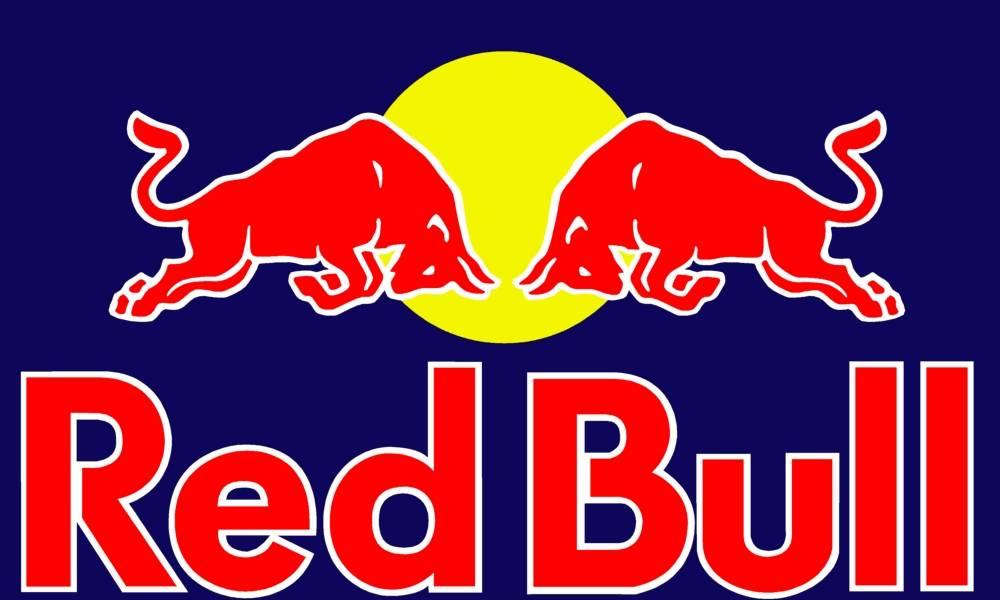
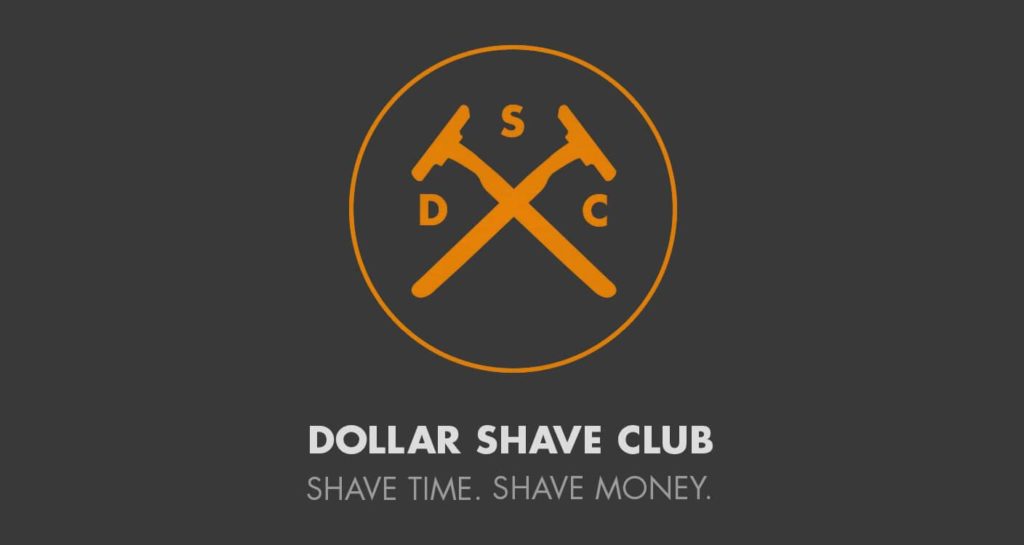
As you should note, each of these logos (with fonts and colors) speaks to the brand image the company is attempting to promote. Rolex is obviously a high-end luxury-focused company, and it appeals to customers with black and gold and a “crown” of sorts. Rolex is widely known for their luxurious watch collections that makes people become more interested for rolex clocks.
Lego and Red Bull are high-energy brands – one for kids and one for adults who are “up” for challenges and risks.
Dollar Shave Club is appealing to “masculinity” – thus the burnt orange against a black or brown background – “male” colors.
As you think about the brand image you want to promote, look into the research on the psychology of color and of fonts. Once you have conducted this research, choose those that are the best match for your brand.
5. Voice and Tone
Getting to the right voice and tone of your brand messages comes from knowing your target audience and the product or service you are offering. Is it a serious product (e.g., pre-planned funeral arrangements) or a “kicky,” fun item (e.g., a gaming console), or something in-between (e.g., furniture or gardening supplies)?
The product and the audience will determine the voice and tone you use in all of your brand messaging. You can be far more informal, “fun,” and even a bit controversial when you are promoting your brand to a young audience that appreciates a bit of off-color humor then you can be with senior citizens who are looking at retirement plans.
If you are looking for more examples check out some websites ratings that speak to the voice and tone of the text and images and how those appeal to specific audiences. Also, check out the text and images that your competitors are using.
6. Consistency is Critical
This almost goes without saying. No matter where you promote your brand, you must be consistent across the board – consistent in language, images, colors, fonts, and voice tone. This promotes trust in your brand. It also means that they will remember you when they are ready to purchase.
Conclusion
You have a lot on your plate as a startup. You have to worry about finances, legal requirements, finding the right team members, production/manufacturing, and marketing. But one critical piece cannot be ignored – your branding. Getting that right can mean the difference between getting yourself seen and remembered or being relegated to the “ocean” of startups out there. Get the branding right and you have surmounted a huge hurdle.
You’ll also like to read:

Author’s bio. Daniela McVicker is a blogger and a freelance writer who works closely with B2B and B2C businesses providing blog writing, copywriting, and ghostwriting services. Currently she blogs for Topwritersreview. When Daniela isn’t writing, she loves to travel, read romance and science fiction, and try new wines.